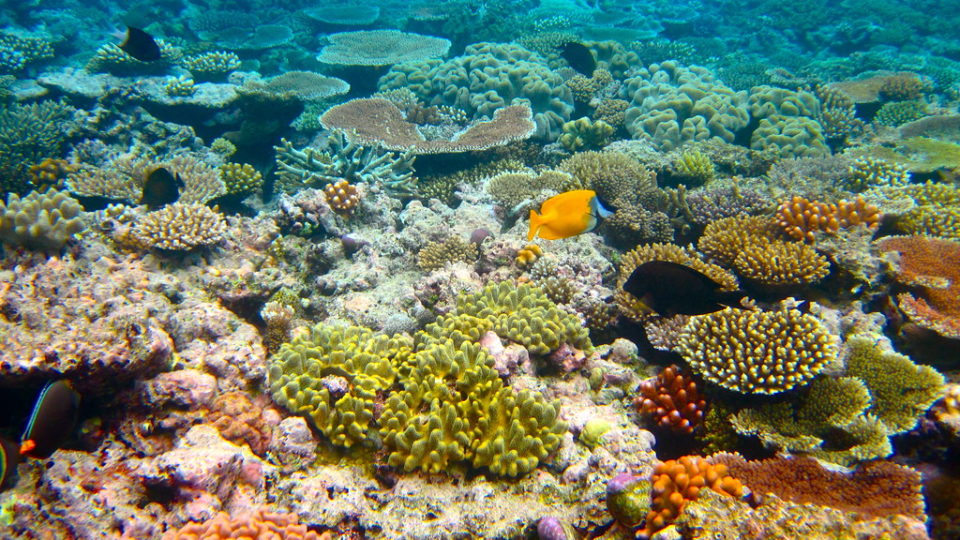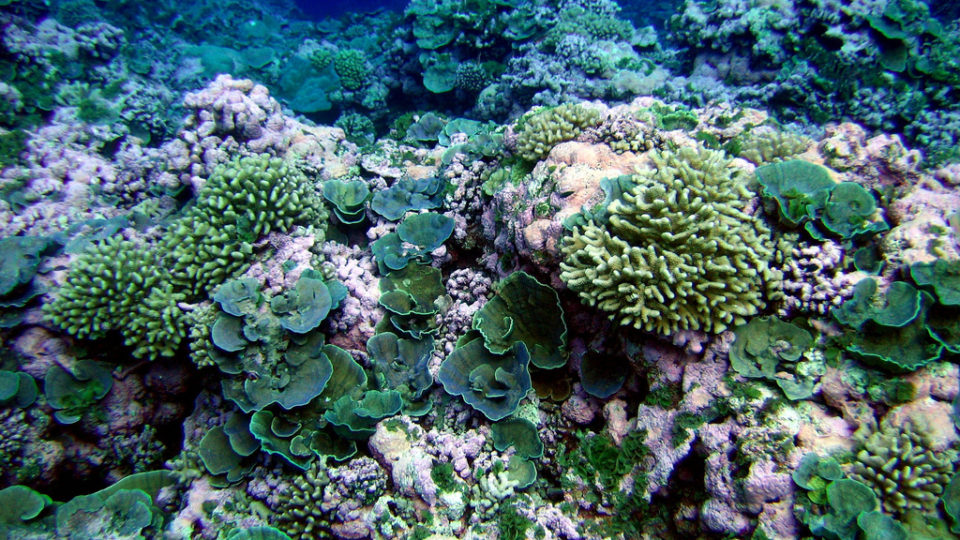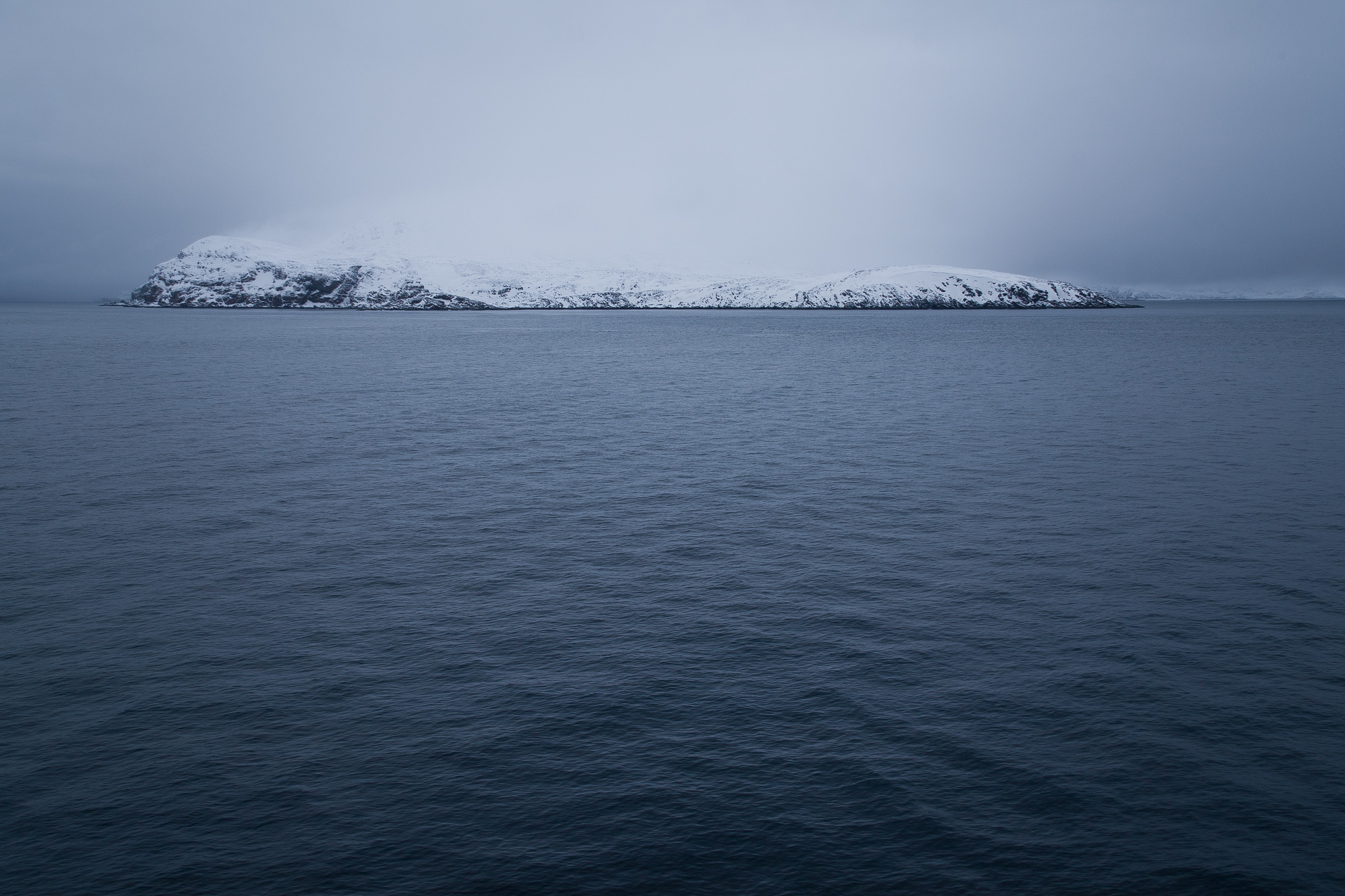Coral reefs around the world are struggling from warming waters and increasing ocean acidification driven by excess carbon dioxide. Many of the world’s greatest reefs – such as Australia’s Great Barrier Reef – have seen steep declines over the past decade.
But apart from the global environmental threat, reefs also are often damaged by various marine accidents such as ships grounding on them. Such events can severely damage a reef and scatter countless small coral fragments onto the seafloor. These small pieces of coral are not actually dead; they can continue on with their lives if they are relocated to a suitable environment such as a coral nursery.
Coral nurseries are generally small installations that allow coral fragments – typically pieces about 4 inches in length – to recover from their reef breaking up and to grow until they are large enough for conservation managers to replant them into reefs that need them. This strategy works well in places where corals grow relatively quickly – such as Florida and the Caribbean – but not as well in places where coral grows more slowly, such as Hawaii.
Recently, coral experts at the National Oceanic and Atmospheric Administration working with mechanical engineering students at the University of Hawaii have developed a new type of coral nursery that can save fully formed coral colonies as opposed to small coral fragments.
The nurseries are large, carefully designed structures that can be loaded up with corals that have become detached from their reefs. Some of these new structures were installed in the waters of Oahu in the summer of 2018 and were populated with corals. The relocated corals, which would have otherwise died, are now recovering nicely in their new coral daycare centers and will soon be replanted back into the reef.
**********
Web Links
NOAA Develops A New Type of Coral Nursery
Photo, posted July 29, 2010, courtesy of Kyle Taylor via Flickr.
Earth Wise is a production of WAMC Northeast Public Radio.



